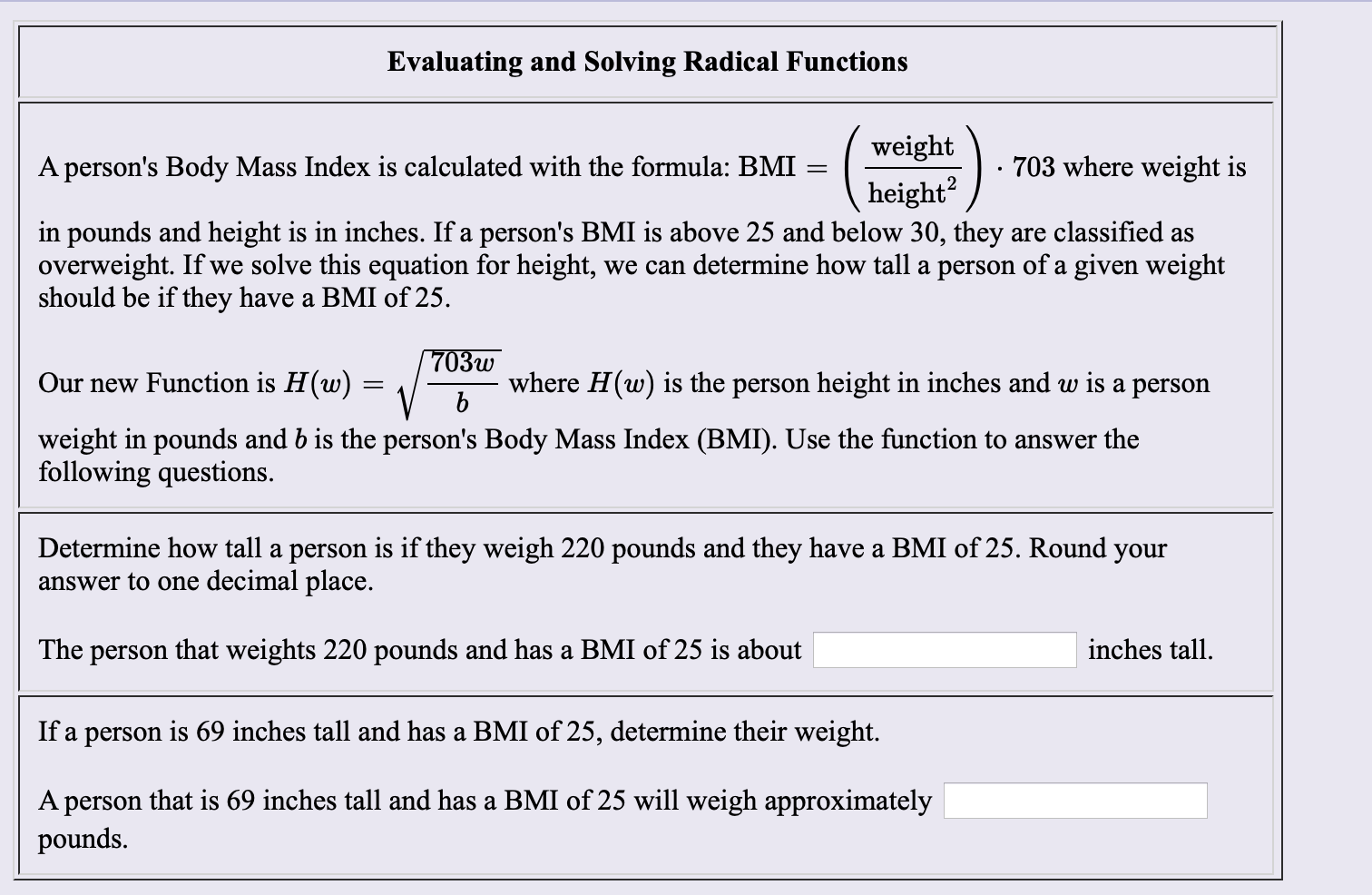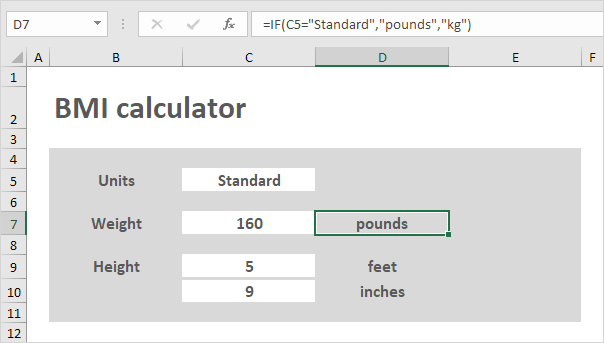

It’s recommended that you talk to your doctor as they may advise you to lose some weight for health reasons. If your BMI value is between 25 and 29.9 this indicates that you are overweight. It’s obviously advisable to try and maintain this healthy weight and by doing so you may lower your risk of developing serious health conditions. If your BMI is between 18.5 and 24.9 it suggests that you are a normal or healthy weight for your height. Your doctor will be able to provide more advice. If you’ve a BMI of less than 18.5 it would suggest that you’re underweight and you may need to put some on. What is a healthy bmi?ģ0.0 and Above - Obese BMI of less than 18.5 These categories are the same for all adults, for both men and women, for all body types and they are age independent. What does your BMI value mean?īMI is interpreted using standard weight status categories. You can bookmark this page if you’re monitoring your BMI maybe as part of a weight loss programme or just to keep abreast of your BMI and maintain a healthy BMI status. This body mass calculator allows you to simply enter your height and weight figures in either metric or imperial values and your BMI is computed for you. To calculate your BMI you can visit here to get your BMI test. If you’re 5’5” (65 inches) in height and your weight is 150 pounds you BMI is calculated as follows: This figure is then multiplied by a conversion factor of 703. The imperial formula requires you to divide your weight in pounds by your height in inches, squared. If you’re height is 175cm and your weight is 75kg your BMI is calculated as follows:īMI = x 703 To convert your height to meters simply divide your height in centimetres by 100. The metric formula for BMI is weight in kilograms divided by height in meters squared. BMI checkerīMI Calculator KG = Weight (kg) / Height (m)² This enables the universal use of a BMI score. When using imperial pounds and inches the formula needs altering slightly to adjust it to the same BMI values as those calculated using metric units. It is defined as your body weight divided by the square of your height when using metric figures of kilograms and metres. Quetelet established bmi measurement, this simple measurement for classifying peoples' weight relative to an ideal weight for their height know as the BMI scale.īody mass index can be calculated using metric or imperial figures. Also known as the Quetelet index, the BMI index scale was developed by a Belgium statistician called Adolphe Quetelet in the 1800’s. If you're concerned that your child may be gaining or losing weight too fast, talk to your doctor.BMI or body mass index is calculated using height and weight measurements to assess your body fat. While BMI is an important indicator of healthy growth and development, BMI is not a perfect measure of body fat. Any one measurement, taken out of context, can give you the wrong impression of your child's growth. It's important to look at the BMI as a trend instead of focusing on individual numbers.

Obese: BMI is at or above the 95th percentile for age, gender, and height.Overweight: BMI is at or above the 85th percentile but less than the 95th percentile for age, gender, and height.Healthy weight: BMI is equal to or greater than the 5th percentile and less than the 85th percentile for age, gender, and height.Underweight: BMI is below the 5th percentile age, gender, and height.The categories that describe a person's weight are: Your doctor can help you figure out whether this weight gain is a normal part of development or whether it's something to be concerned about. It's common for kids to gain weight quickly - and see their BMI go up - during puberty. And a kid with a small frame may have a normal BMI but still can have too much body fat.īMI is less accurate during puberty. Kids can have a high BMI if they have a large frame or a lot of muscle, not excess fat. For example, if a child has a BMI in the 60th percentile, 60% of the kids of the same gender and age who were measured had a lower BMI.īMI is not a direct measure of body fat. What Do the Figures Mean?īMI percentiles show how a child's measurements compare with others the same gender and age. Over several visits, the doctor is able to track your child's growth pattern.Īlthough not a perfect measure of body fat, BMI helps identify children who are gaining weight too slowly or too quickly. Because BMI changes with age, doctors plot children's BMI measurements on standard gender-specific growth charts. Starting when your child is 2 years old, the doctor will determine BMI at all routine checkups.

But it's also important to talk to your child's doctor to help understand the results. You can use the KidsHealth BMI calculator below to find your child's BMI. Body mass index (BMI) is a calculation that uses height and weight to estimate how much body fat someone has.


 0 kommentar(er)
0 kommentar(er)
